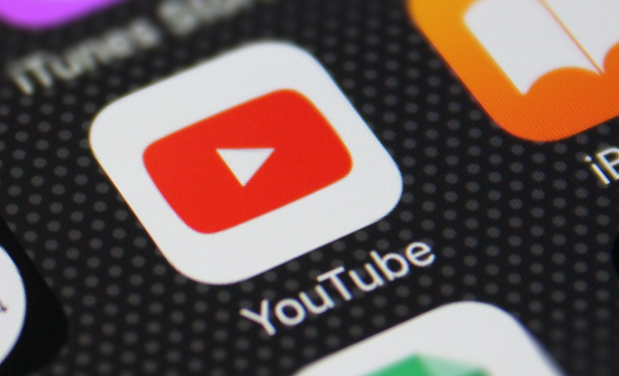During a recent copyright meeting at Japan’s Ministry of Education, Culture, Sports, Science, and Technology, representatives from Google (YouTube) and ByteDance (TikTok) were questioned about fair compensation. However, discussions swiftly shifted to Content ID, with a manga publisher representative highlighting the disparity in compensation between the music and manga industries.

Google/YouTube
Takeya Kito, Head of Music Content Partnership for YouTube in Japan, provided an overview. YouTube’s platform, used in over 100 countries and supporting 80 languages, sees over 500 hours of content uploaded every minute.
In Japan, more than 71 million people, including two-thirds of the adult population, use YouTube every month. The platform is committed to providing four freedoms to its users: Freedom of expression, access to information, opportunity, and participation.
Mr. Kito emphasized YouTube’s commitment to transparency, including through its Copyright Transparency Report. However, he also mentioned the need for more transparency from business partners.
“As YouTube, we don’t have visibility into how the distribution is managed between individual rights holders, performers, and songwriters. Ensuring transparency in this area is crucial,” Mr. Kito explained.
The Music Industry Gets Paid. What About Manga Publishers?
The discussion inevitably turned to Content ID, YouTube’s content recognition/monetization system that has returned over $9 billion to rights holders, primarily in the music industry.
The first question came from Mr. Ito, a representative of Authorized Books of Japan (ABJ), who highlighted the issue of manga piracy on YouTube.
“I strongly feel that publishers are not receiving any return from capturing pirated copies regarding Content ID. What do you think about the situation where Content ID cannot be used to deal with pirated copies of publications?” Mr. Ito asked.
ABJ’s representative didn’t receive the answer he hoped for.
“Thank you very much,” YouTube’s representative responded. “As to your question, please understand that I am not in a position to answer it, as my role is limited to music partnerships in Japan.”
Time For TikTok
Representing TikTok at the meeting was Mr. Tomiji Kato, Senior Manager of Global Music Business Development & IP Rights at ByteDance Inc.
Mr. Kato’s presentation touched on Content ID and the need for a similar system on TikTok. However, he raised concerns that such a system might stifle creativity and music development.
“At TikTok, we have not yet introduced a system like YouTube’s Content ID for original recordings. We need to consider whether such a system is better or whether we should continue with pre-decided, all-inclusive contracts with labels,” Mr. Kato explained.
When the presentation was opened up for questions, Mr. Ito of ABJ initially praised TikTok but also raised concerns about piracy on the platform.
“For many years, I have been taking measures including on YouTube, and when it comes to video posting sites, YouTube has by far the most pirated copies. However, starting around the summer, TikTok has finally overtaken YouTube,” Mr. Ito said.
Mr. Kato refrained from directly addressing the piracy concerns raised.

Conclusion
For those interested in the full discussion, the meeting’s minutes are available [here (pdf)]. In summary, there seems to be more work to be done in combating piracy and ensuring fair compensation for all rights holders.